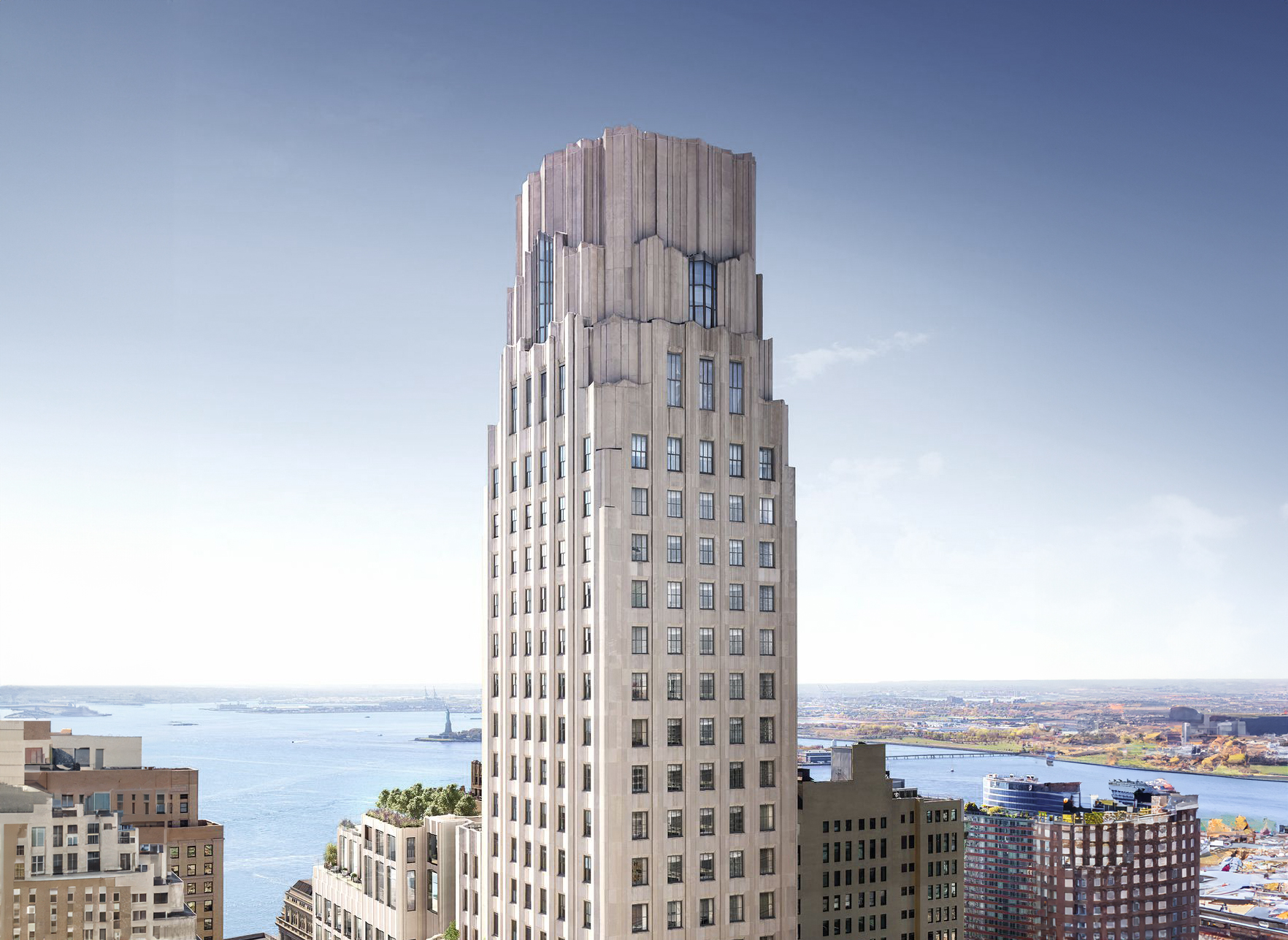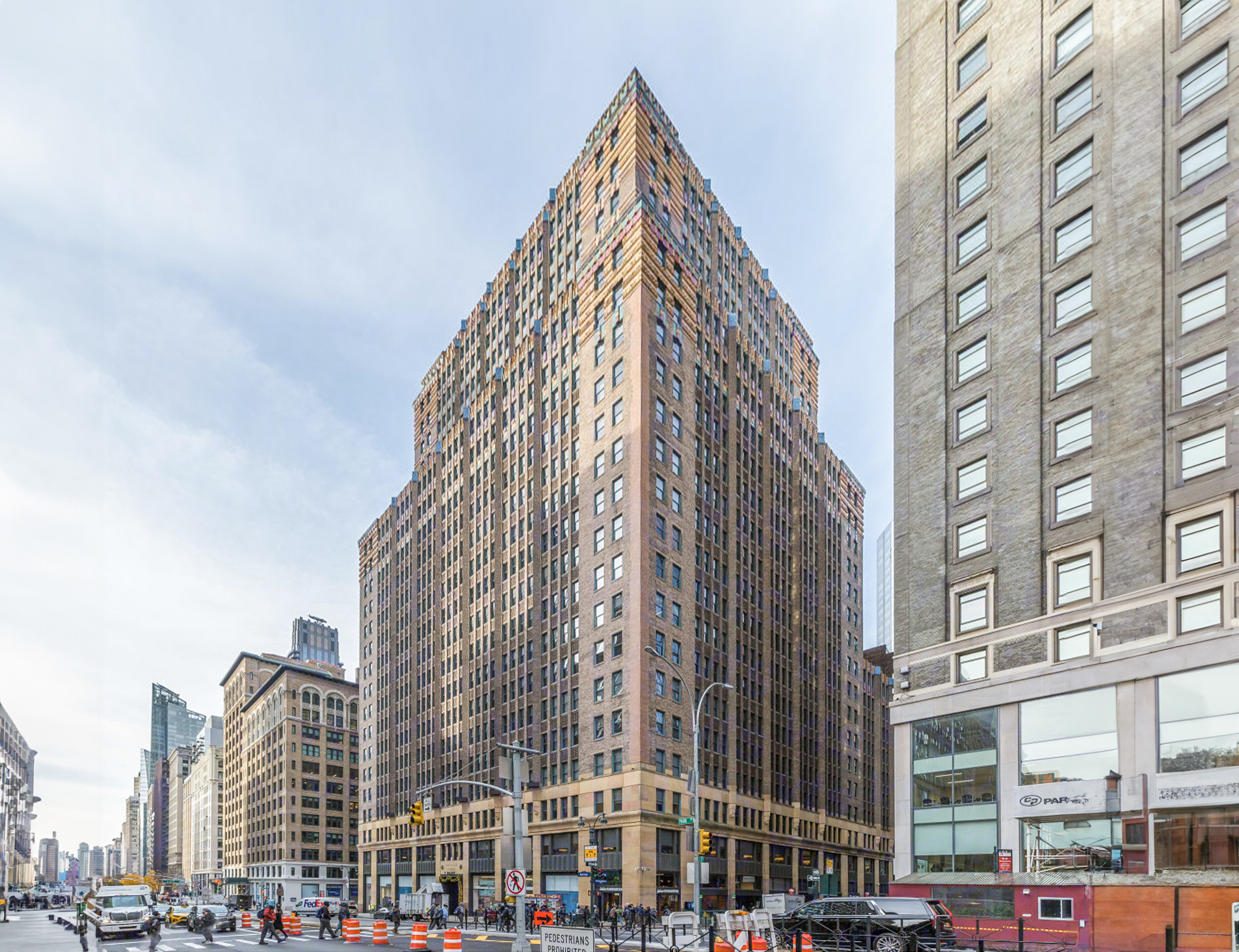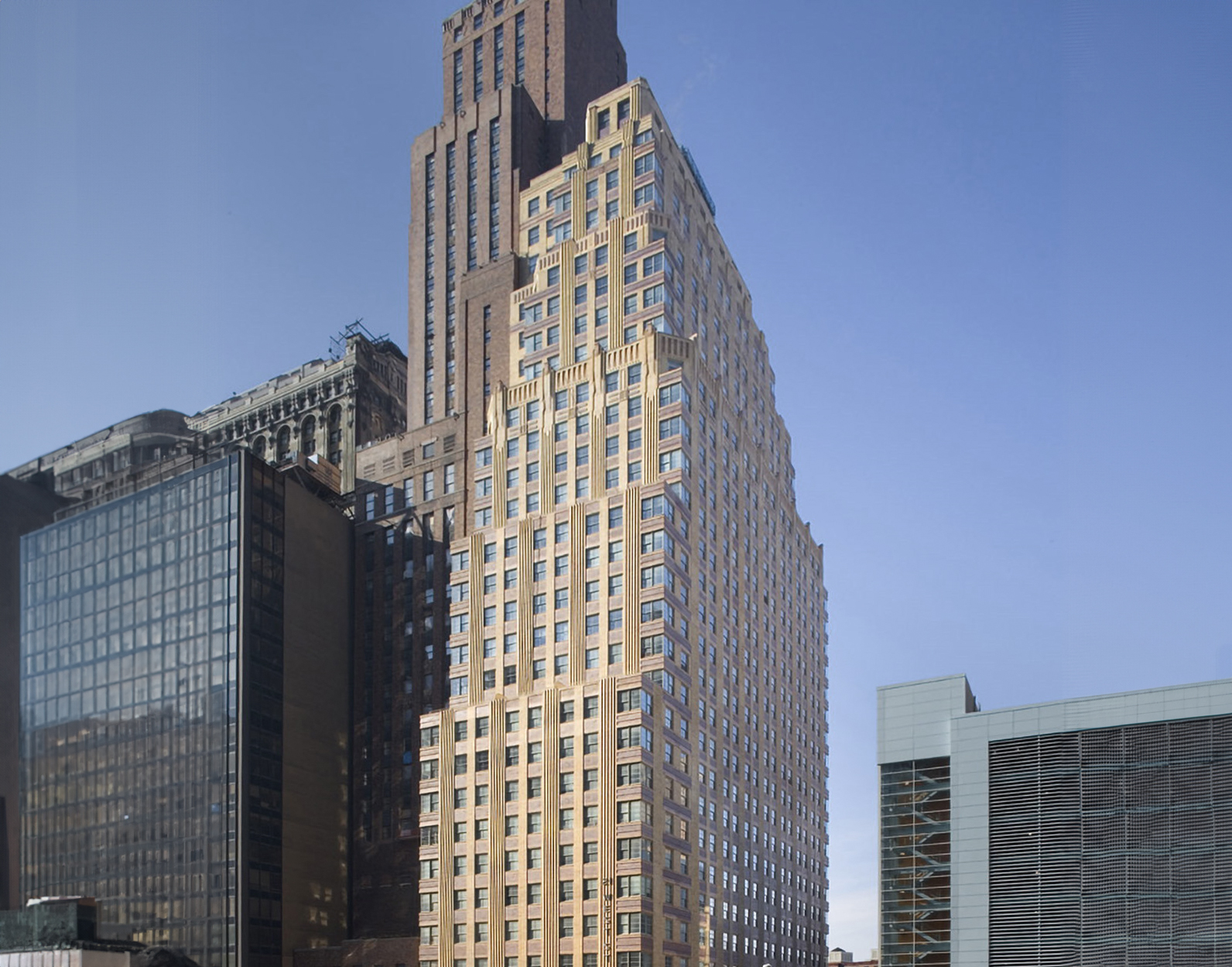The Chrysler Building is an Art-deco skyscraper designed in 1927 by William Van Alen, and built between 1928 and 1930, for a reported $15.0 million dollars, in New York, NY.
Its precise street address is 405 Lexington Avenue, New York, NY. You can also find it on the map here.
The Chrysler Building is a structure of significant importance both for the city of New York and the United States as a nation. The building embodies the distinctive characteristic features of the time in which it was built and the Art Deco style. Because of that, the Chrysler Building was officially declared as a national landmark on September 12th 1978, and was included in the National Register of Historic Places on June 23rd 1980, as well as in the New York Register of Historic Places on December 8th 1976.
At the time of its completion in 1930 the Chrysler Building incorporated solutions that were quite advanced at the time, these included air conditioning as wekk as telephone and electricyt cables that run through pipes beneath the floor. This is what we know today as a "technical floor", and is relatively common in modern office spaces, but was certainly a novelty back in the 30s.
The building has been restored 5 times over the years to ensure its conservation and adaptation to the pass of time. The main restoration works happened in 1952, 1961, 1971, 1996 and 1998.







